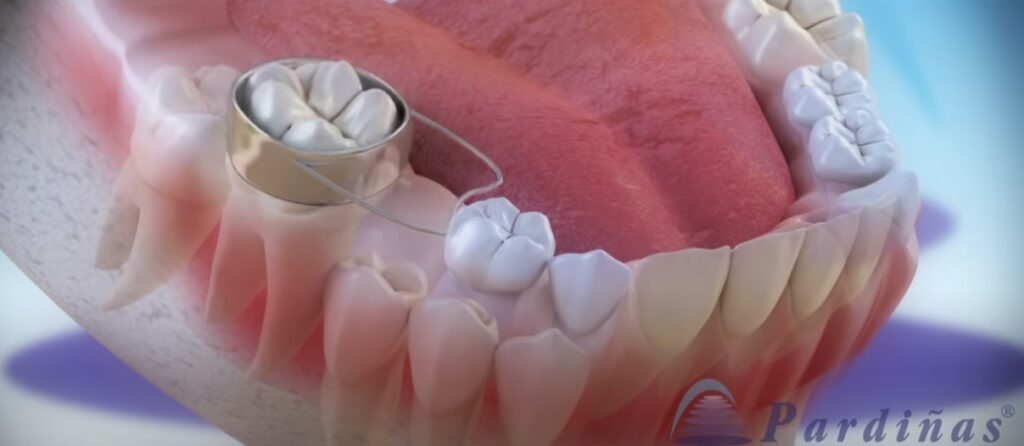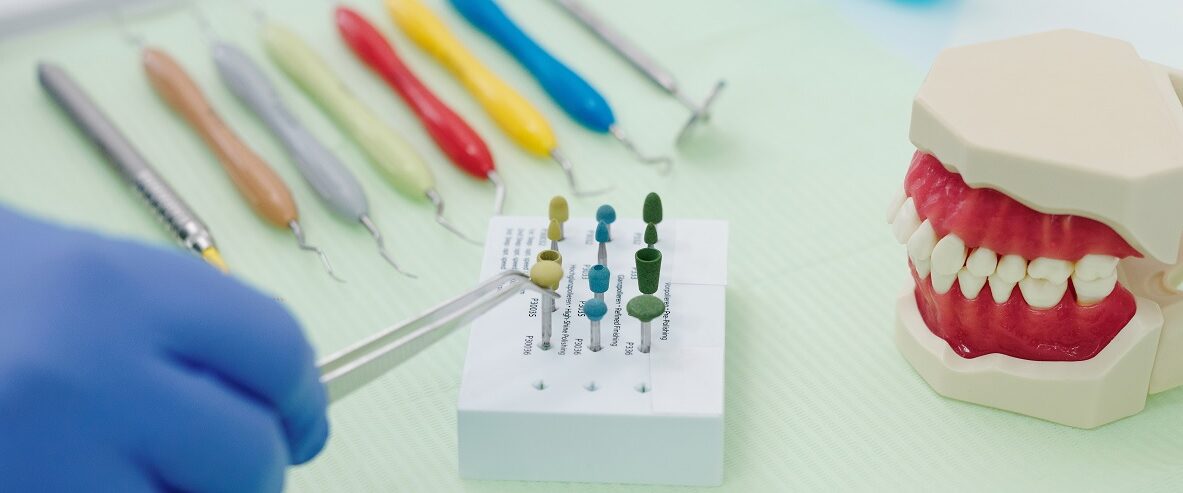
When it comes to children’s dental health, early intervention and proper care are crucial. One common issue that children may face is premature tooth loss, which can lead to complications such as misalignment and crowding as the remaining teeth shift into the empty spaces. To prevent these problems and ensure proper dental development, space maintainers are often recommended. In this article, we will explore the purpose, types, and benefits of space maintainers in preserving smiles and guiding proper dental development.
What are Space Maintainers?
Space maintainers are dental appliances that are used to preserve the space created by the premature loss of a primary (baby) tooth until the permanent tooth erupts. They “maintain” the space and prevent neighboring teeth from drifting into the vacant area, which could lead to misalignment and orthodontic issues in the future.
Space maintainers can be either removable or fixed appliances. Removable space maintainers are similar to orthodontic retainers and can be taken out for cleaning or when eating. Fixed space maintainers are cemented onto the teeth and are not removable by the patient.
Types of Space Maintainers
1. Band-and-Loop Space Maintainer: This is a common type of fixed space maintainer. It consists of a stainless-steel band that is fitted around the tooth adjacent to the empty space. A wire loop is attached to the band and extends into the space, preventing the neighboring teeth from shifting.
2. Distal Shoe Space Maintainer: This type of space maintainer is used when a primary molar is lost before the eruption of the permanent first molar. It consists of a metal wire that is inserted into the gum space where the permanent molar is expected to emerge, guiding its eruption and preserving the space.
3. Removable Space Maintainer: Removable space maintainers are typically used when multiple teeth are missing or when there are certain eruption issues. They are custom-made appliances that can be taken out for cleaning and adjustment.
Benefits of Space Maintainers
1. Preserve Space: The primary goal of space maintainers is to preserve the empty space created by the premature loss of a primary tooth. By preventing neighboring teeth from drifting into the space, space maintainers ensure that there is sufficient room for the permanent tooth to erupt in its proper position.
2. Maintain Alignment: When a primary tooth is lost prematurely and space is not maintained, adjacent teeth tend to shift into the vacant area, causing misalignment and crowding. Space maintainers help preserve the alignment of the teeth and prevent the need for more extensive orthodontic treatment in the future.
3. Promote Proper Dental Development: By preserving space, space maintainers allow permanent teeth to erupt in their natural positions. This promotes proper dental development and reduces the likelihood of future orthodontic issues.
4. Enhance Chewing and Speech: Space maintainers help ensure that there is adequate space for chewing and proper speech development. By maintaining the natural spacing between teeth, they contribute to optimal oral function.
5. Prevent Additional Dental Procedures: Without space maintainers, the shifting of teeth into empty spaces can lead to complex orthodontic problems that require extensive treatment, such as braces or extractions. Space maintainers help avoid these additional procedures by preserving the space and guiding dental development.
Caring for Space Maintainers
Proper care and maintenance are important for the effectiveness and longevity of space maintainers. Here are some key points to consider:
1. Oral Hygiene: Maintaining good oral hygiene is essential. Regular brushing and flossing, including the space maintainer, will help keep the appliance and surrounding teeth clean and free from plaque buildup.
2. Eating Habits: It is important to avoid sticky or hard foods that could damage the space maintainer or dislodge it from its position. Patients should be mindful of their eating habits and avoid chewing on excessively hard or sticky foods that could compromise the appliance’s stability.
3. Regular Dental Check-ups: Routine visits to the dentist or orthodontist are crucial to monitor the progress of the space maintainer and ensure that it is functioning properly. The dental professional will assess the appliance, make any necessary adjustments, and ensure that the space is being maintained effectively.
4. Handling the Appliance: If the space maintainer is removable, it should be handled with care. Patients should follow the instructions provided by their dentist or orthodontist regarding the proper way to insert and remove the appliance. Rough handling or improper insertion/removal can lead to damage or displacement.
5. Follow-up Appointments: It is important to attend all follow-up appointments scheduled by the dental professional. These visits allow for regular evaluation of the space maintainer’s effectiveness and any necessary adjustments or modifications to be made.
6. Communication with the Dental Professional: If there are any concerns or issues with the space maintainer, patients or parents should promptly communicate with their dentist or orthodontist. They can provide guidance on how to address any discomfort, damage, or other problems that may arise.
Space maintainers play a vital role in preserving smiles and guiding proper dental development. By preventing neighboring teeth from shifting into empty spaces, space maintainers help maintain alignment, promote optimal dental development, and reduce the need for extensive orthodontic treatment in the future. Proper care, regular dental check-ups, and compliance with instructions from the dental professional are essential for the success of space maintainers. If your child experiences premature tooth loss, consult with your dentist or orthodontist to determine if a space maintainer is necessary to ensure a healthy, well-aligned smile for years to come.
